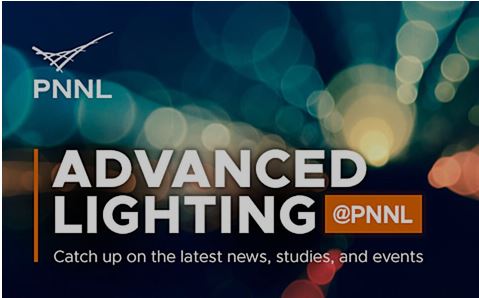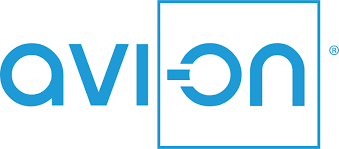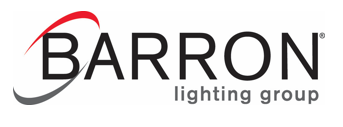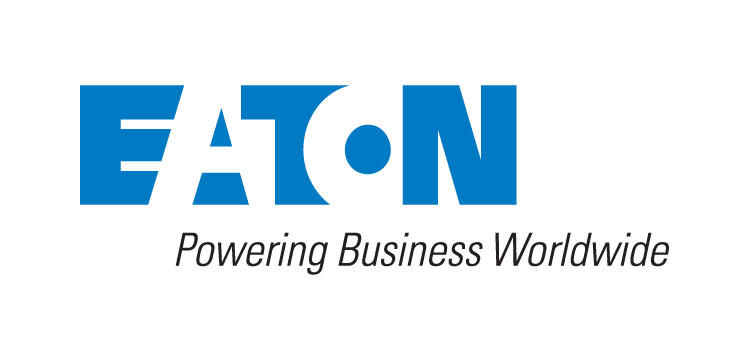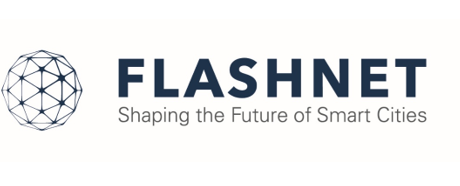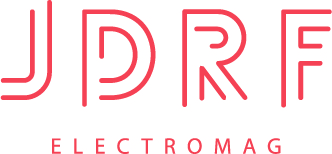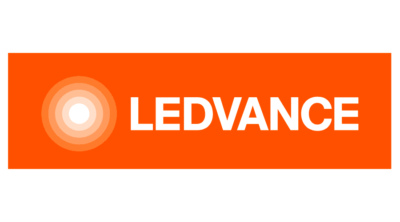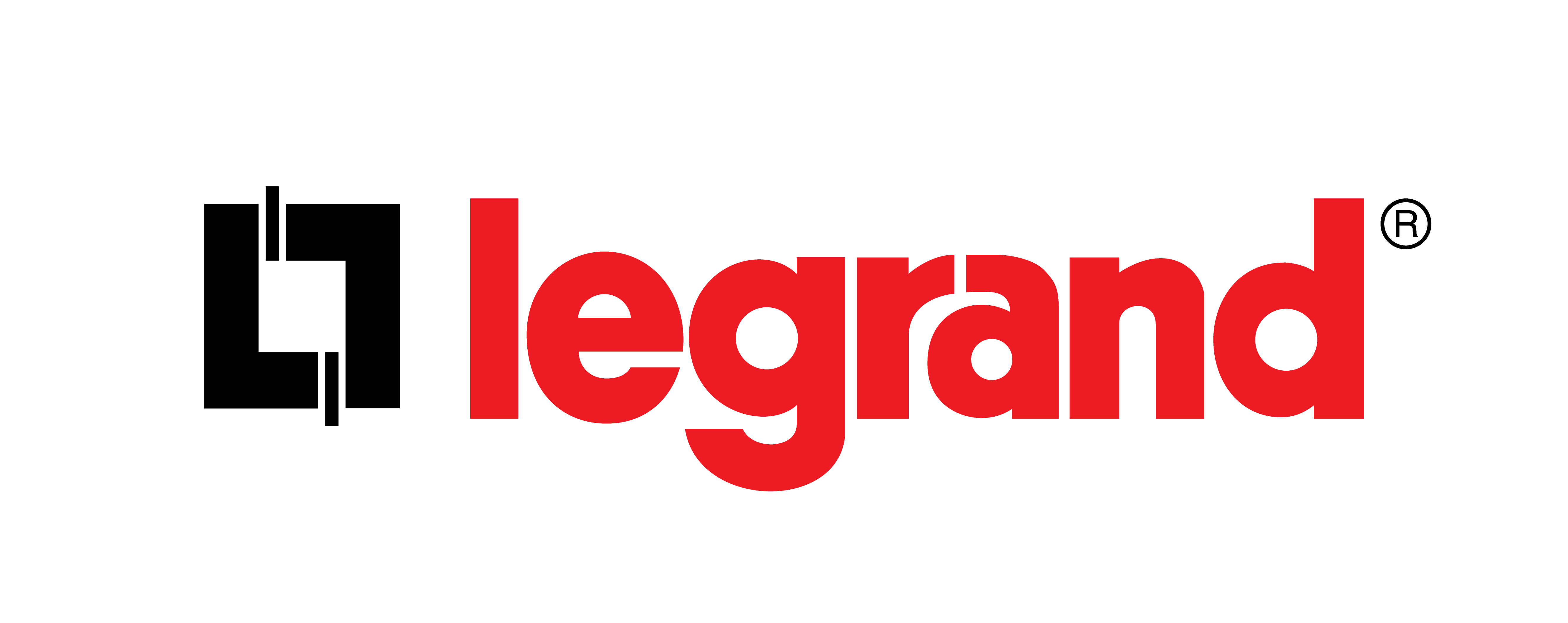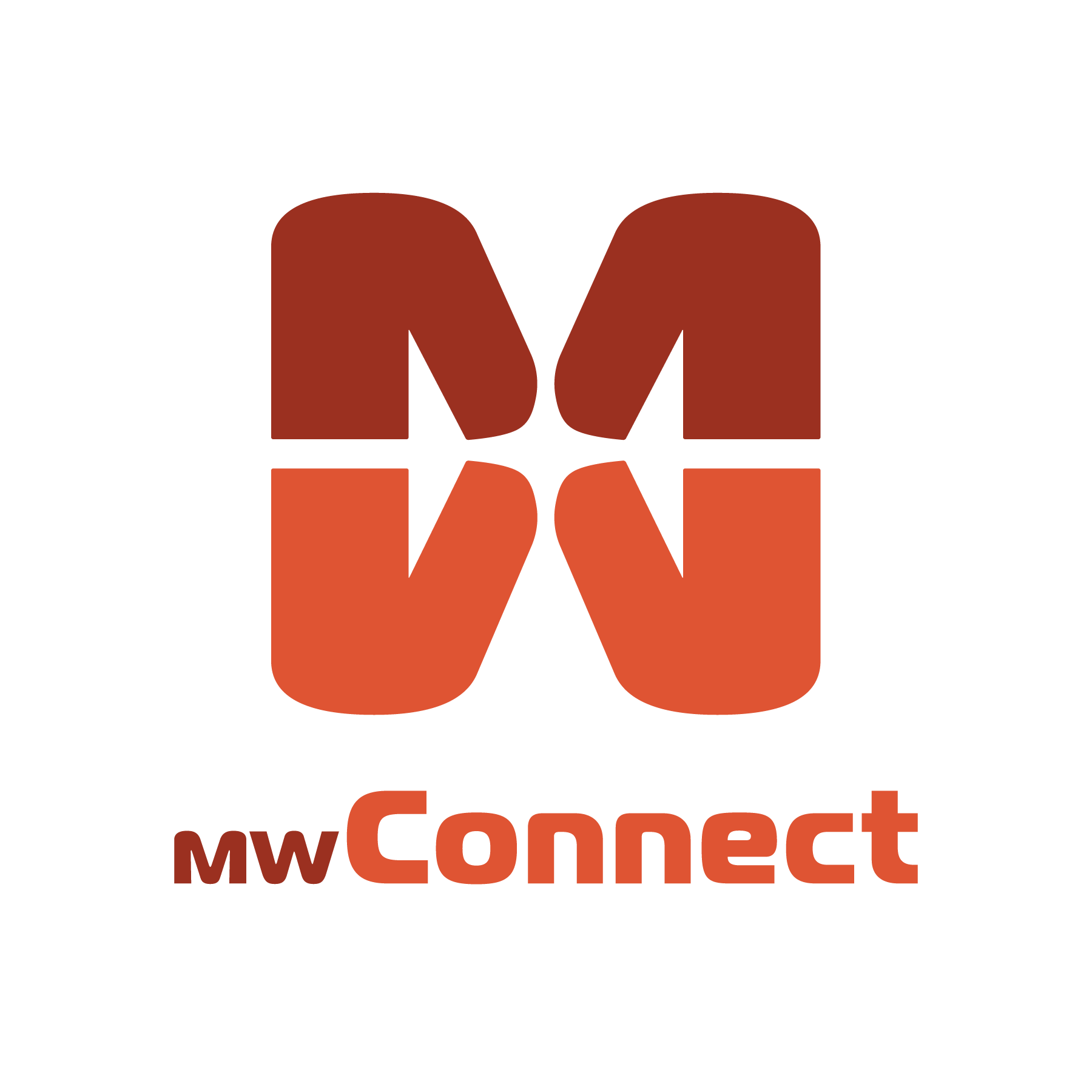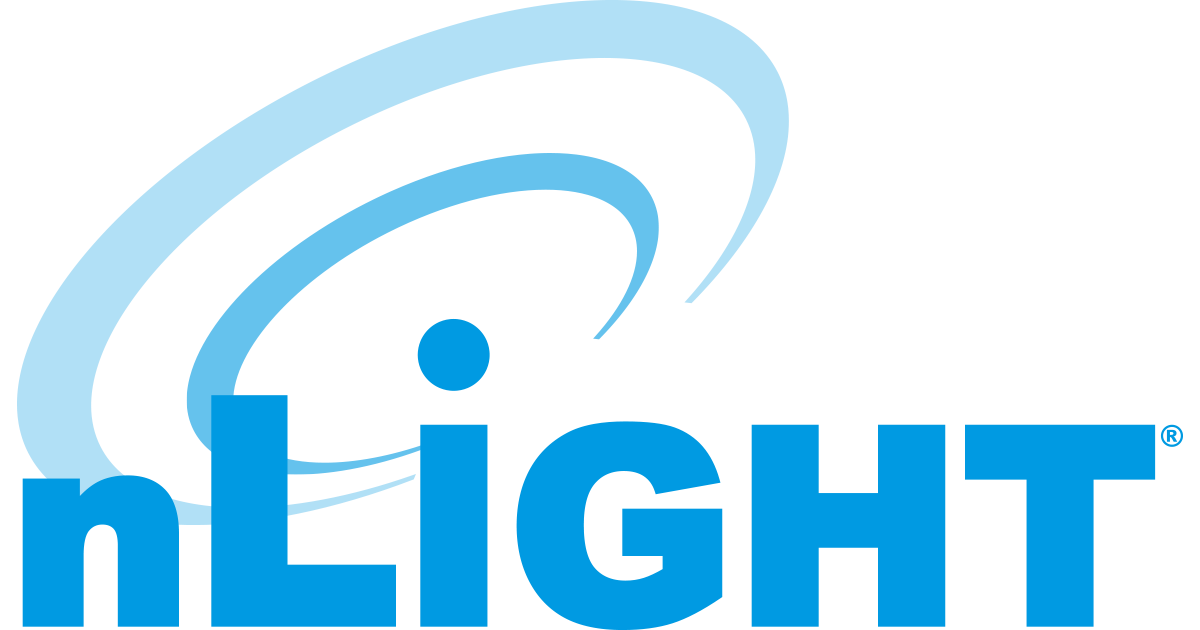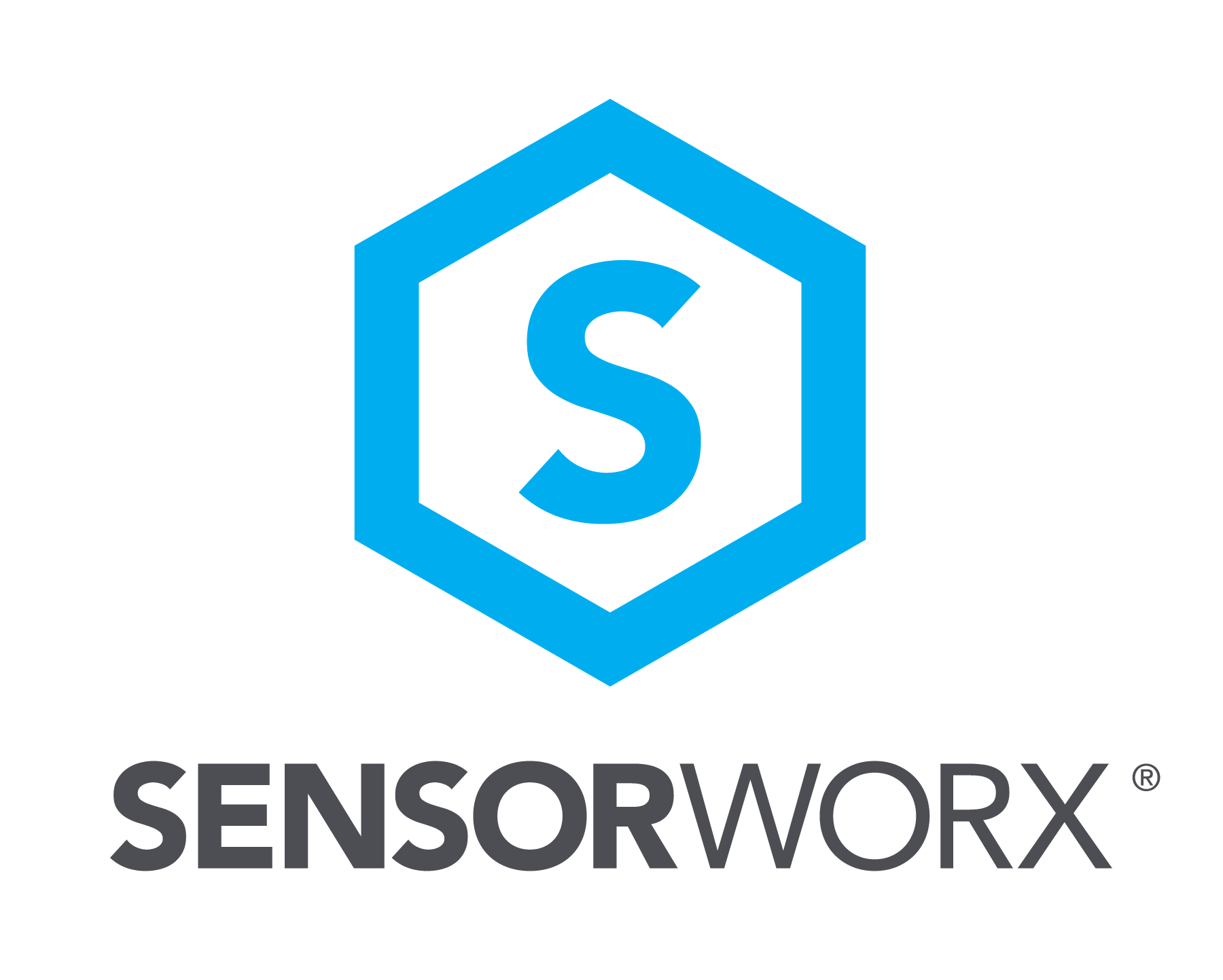The Illuminating Engineering Society (IES), in collaboration with Pacific Northwest National Laboratory (PNNL), recently announced a special five-part free webinar series called “Taming Complexity.” Presented by PNNL experts and partners, this series will explore ongoing efforts to better understand and reduce the ever-growing complexity of advanced lighting systems.
Taming Energy Codes Complexity
May 26, 2022
This webinar will examine the ins and outs of lighting energy codes, covering the origins and challenges of existing codes and the inputs, calculations, and assumptions necessary to create robust lighting power allowances for modern energy codes. Among the central questions, presenters will consider what tools will be needed as compliance moves beyond lighting power density and toward lighting performance, whole-building outcomes, occupant health, and lighting application efficiency.
Presenters:
• Michael Myer, Pacific Northwest National Laboratory
• Kelly Seeger, Signify
Taming Data Complexity
June 2, 2022
Between environmental sensors, connected building platforms, wearables, and mobile devices, data capturing devices in buildings are increasingly prominent. What can all these data teach us about building environments and the experiences of the people who occupy them? In this webinar, presenters will discuss how to collect and utilize data from a variety of devices to better understand system performance, occupant behavior and environmental satisfaction. This information can be used to improve operational efficiency and inform future design solutions. In the context of broader indoor environmental quality, presenters will share methods and findings from several research projects as well as practical considerations surrounding data collection, quality, and visualization.
Presenters:
• Jessica Collier, Pacific Northwest National Laboratory
• Belal Abboushi, Pacific Northwest National Laboratory
• Dorukalp Durmus, Pennsylvania State University
Taming Flicker Complexity
July 7, 2022
Temporal light modulation (TLM, also known as flicker) is a problem, especially to the 10-20% of the population that is highly sensitive to it. Although TLM occurs in a low percentage of products, it is visible in automotive lighting, holiday light strings, a range of residential products as well as a few architectural products. In this webinar, presenters will share results from a recent PNNL human-subjects study on the visibility of TLM waveforms at or above 90 Hz, exhibiting different shapes, frequencies, modulation depths, and in the case of rectangular waves, duty cycles. Findings reveal key differences among TLM effects, with implications for lighting metrics. What does this mean for the lighting industry? A manufacturer will discuss how this and other TLM research affects product development. How can driver and dimmer design be improved to reduce the perception of TLM, and what barriers remain for product development?
Presenters:
• Naomi Miller, Pacific Northwest National Laboratory
• Lia Irvin, Pacific Northwest National Laboratory
• Marc Saes, eldoLED
Taming Sustainable-Design Complexity
August 4, 2022
The lighting industry needs practical approaches to enable a transition to a more circular and sustainable lighting system life cycle. This webinar will share perspectives from a manufacturer and an architect on current roadblocks to achieving circular design practices at various stages of the product or project, and will focus on supporting positive environmental impacts extending beyond energy use. The speakers will discuss what is needed to improve the sustainability of lighting installations and practical approaches that lighting specifiers and manufacturers can take to have an impact on the sustainability of products and projects.
Presenters:
• Kate Hickcox, Pacific Northwest National Laboratory
• Alexandra Gadawski, HMFH Architects
• Aaron Smith, Finelite, Inc.
Taming Controls Complexity
September 1, 2022
Challenges with configuration, commissioning, and maintaining control settings over time have slowed progress towards integrated lighting and building system controls. Overcoming such challenges can enable energy savings, adaptive lighting for occupant alertness and wellbeing, and better space management in buildings. This webinar will explore some practical solutions to address controls complexity, including development of a clear and concise sequence of operations, the use of controls narratives, and online tools and templates to make these solutions more accessible.
Presenters:
• Ruth Taylor, Pacific Northwest National Laboratory
• Lyn Gomes, DPR Construction
Click here to register.

